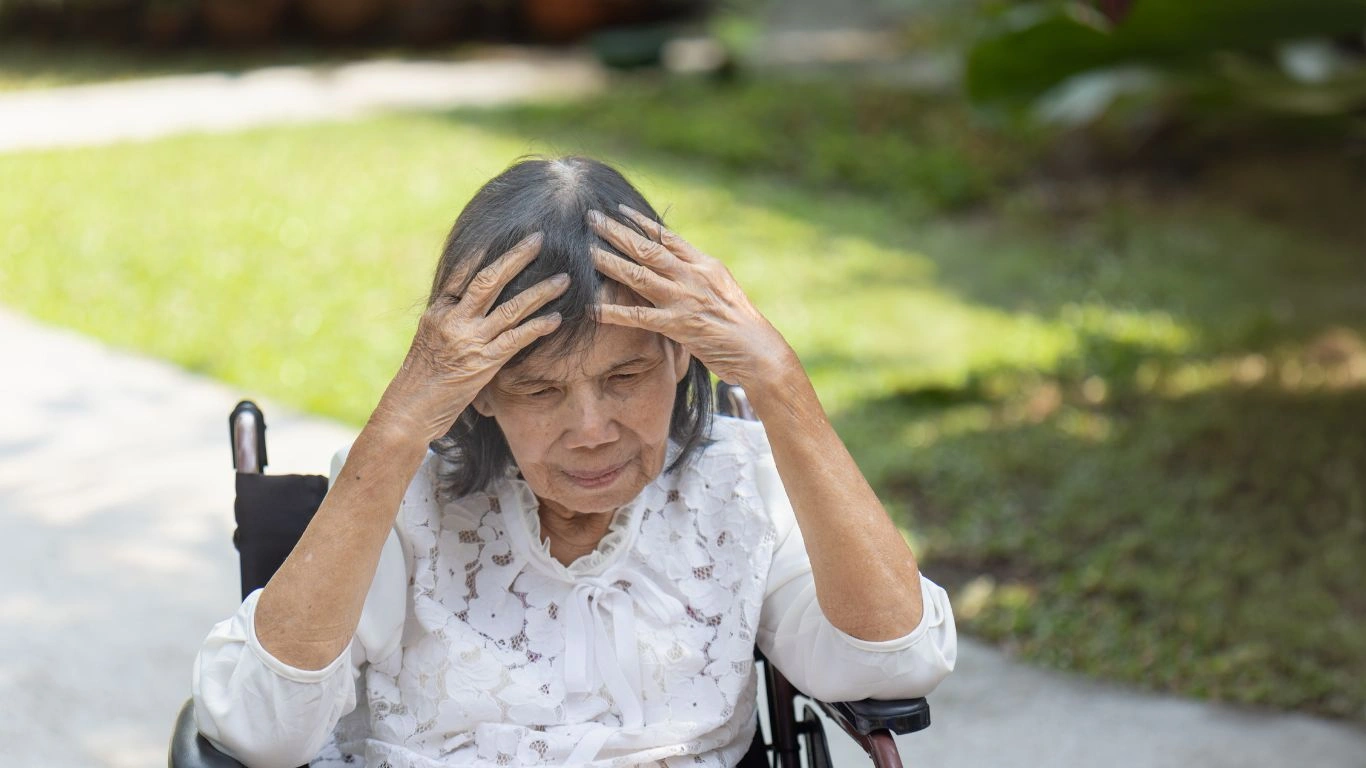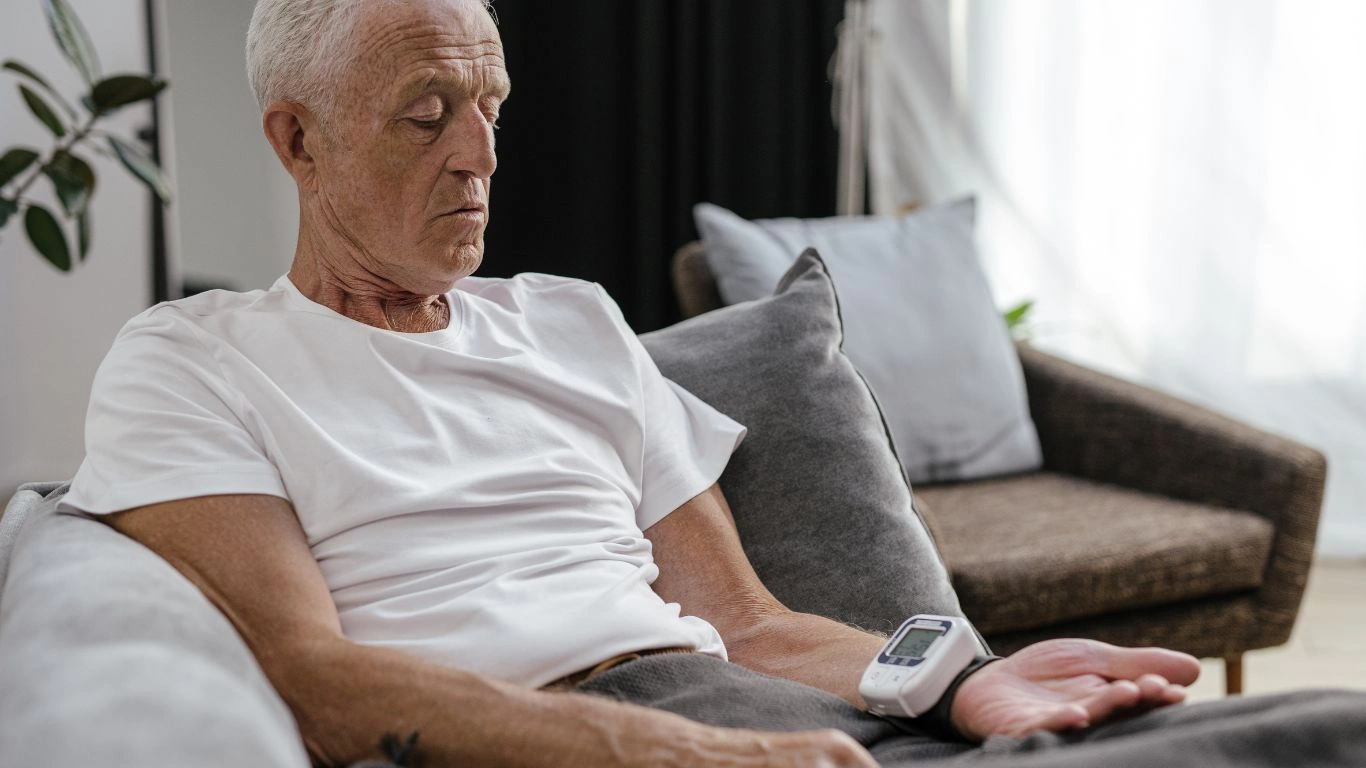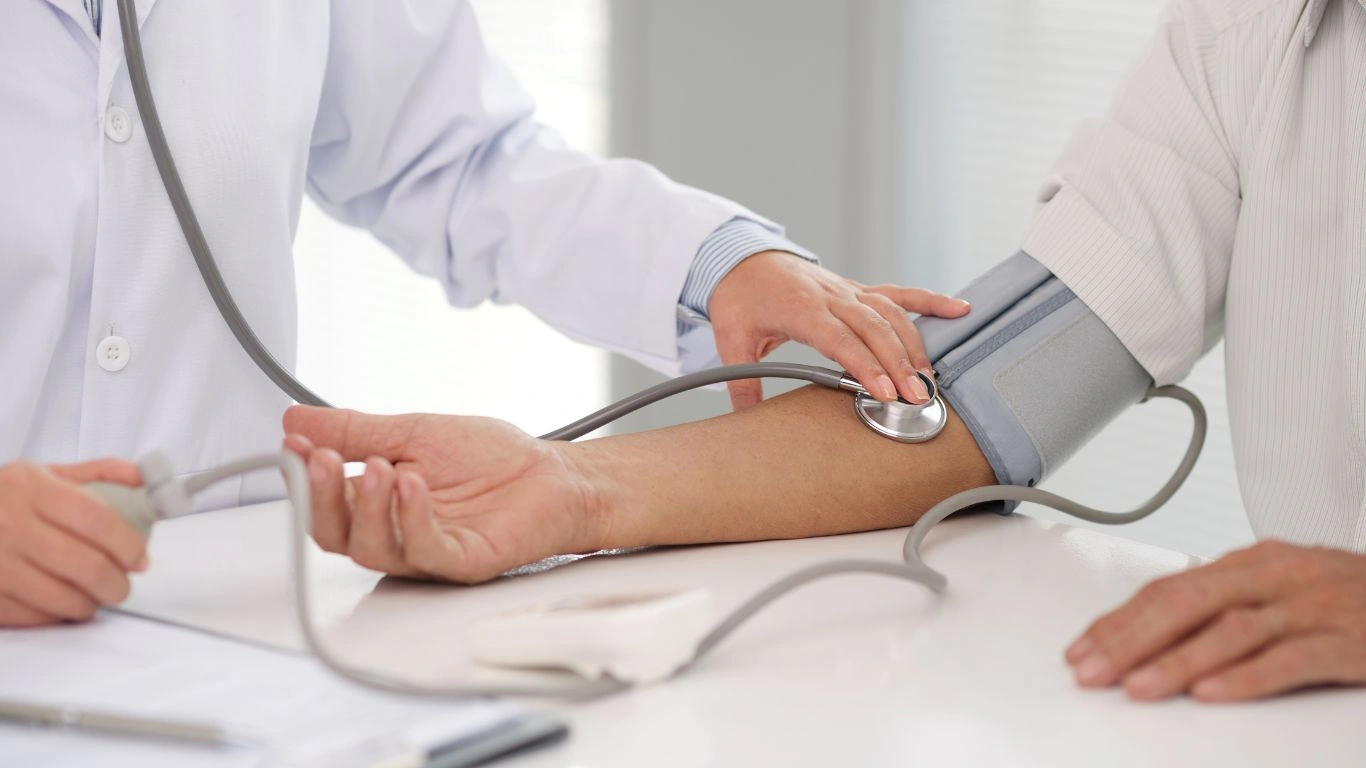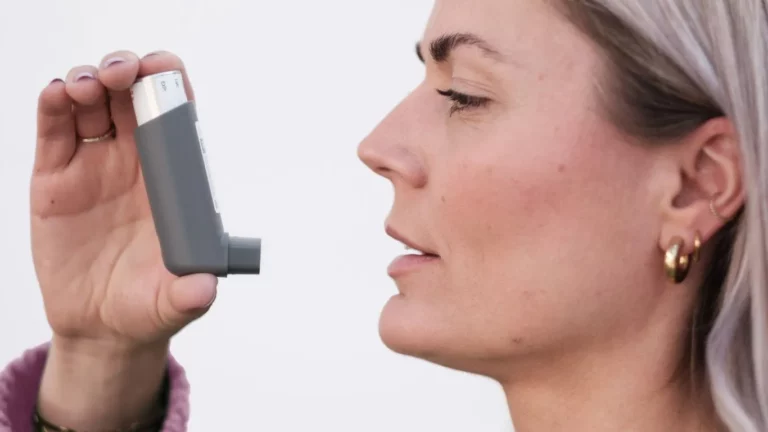7 Warning Signs of High Blood Pressure and Poor Circulation
Let’s get real for a second—high blood pressure and poor circulation signs don’t exactly come with flashing warning lights. They sneak up, often quietly, and by the time most folks notice something’s off, damage may already be underway. I’ve seen this firsthand in clinic, more times than I can count. You might feel “off” and chalk it up to stress, age, or a bad night’s sleep. But as someone who’s been working in Internal Medicine for years, especially in hypertension management, I can tell you: listening to your body early on can make all the difference.
Why These Signs Matter More Than You Think

Here’s the thing—high blood pressure (a.k.a. hypertension) and poor circulation aren’t just annoying issues to shrug off. Left unchecked, they can snowball into serious problems like heart failure, kidney damage, vision loss, or even a stroke. I’ve cared for patients in their 40s and 50s, seemingly healthy, showing up with symptoms they’d been brushing off for months. Trust me, early detection is not just ideal—it’s crucial.
The catch? These conditions often don’t scream for attention. Instead, they whisper. Let’s decode some of those whispers before they become full-blown alarms.
What Does Poor Circulation Really Feel Like?

1. Cold Hands and Feet (Even When It’s Warm)
It’s not just a quirky body trait. If your extremities are always cold, especially when everyone else seems fine, that could mean your blood isn’t flowing as well as it should. It’s one of the classic signs I probe for when I suspect peripheral artery disease or other circulatory issues.
2. Numbness or Tingling
You know that pins-and-needles feeling when your leg “falls asleep”? Now imagine feeling that more often and without reason. It’s a red flag. It tells me there’s a reduction in blood supply or even nerve involvement due to poor perfusion.
3. Swollen Ankles or Feet
Swelling isn’t just about standing too long. Fluid buildup in the lower limbs could be your body’s way of saying, “Hey, something’s not right with the flow down here.” I’ve seen patients wave it off for months until the swelling starts interfering with shoes or mobility. By then, we’re often dealing with more than just blood pressure.
How High Blood Pressure Creeps Up On You

Here’s the uncomfortable truth: high blood pressure doesn’t usually cause symptoms until damage has already started. That’s why it’s often dubbed the “silent killer.” But if you know what to look for, your body gives you subtle hints.
1. Headaches That Just Won’t Quit
We’re not talking about the average tension headache here. Think throbbing, pressure-filled pain—often in the morning. If this is a new pattern for you, especially when paired with other symptoms, it’s time to get your BP checked. I’ve had patients attribute it to stress until their readings showed numbers well into the 160s or 170s.
2. Vision Changes
This is one I always take seriously. Blurry vision or seeing spots isn’t just an eye problem—it can be linked to damage in the small vessels at the back of your eyes, caused by sustained high blood pressure. I once had a patient come in thinking they needed new glasses; turns out, it was hypertensive retinopathy.
3. Shortness of Breath or Chest Tightness
It’s easy to brush this off as being “out of shape” or anxiety. But when the heart has to work overtime against high pressure, it can result in fatigue, shortness of breath, or even angina. These aren’t just symptoms—they’re your heart asking for help.
Everyday Clues Most People Ignore
You’d be amazed how many early clues go unnoticed. Here’s a quick checklist I sometimes share with patients:
- Fatigue that doesn’t get better with rest
- Dizziness when standing up
- Random leg cramps, especially at night
- Slow-healing wounds or sores on the feet
- Changes in skin color—pale or bluish toes and fingers
Does that mean all of these point straight to hypertension or circulation issues? Of course not. But they do warrant a closer look—especially if you’ve got risk factors like diabetes, a family history of heart disease, or you’ve been skipping your annual physicals. (Hey, no judgment—I know life gets busy.)
What I Tell My Patients (And What I Wish Everyone Knew)
One of the most important parts of my job is teaching patients that health isn’t about being perfect—it’s about being aware. Knowing the high blood pressure and poor circulation signs gives you a huge advantage. It puts the power back in your hands. You don’t have to wait until something breaks to take care of yourself.
I always say, if your car makes a weird noise, you get it checked out. Why treat your body with any less urgency?
Who’s Actually at Risk? (Hint: It’s Not Just “Older Folks”)

This is something I talk about often in my exam room. We tend to associate high blood pressure and poor circulation with older age—and sure, age can increase risk—but I’ve diagnosed hypertension in patients as young as their late 20s. No joke. And the scariest part? Most of them didn’t feel a thing.
So, who’s actually at risk? Let’s break it down:
- Family history – If your parents or siblings have hypertension, you’re more likely to develop it too.
- Stressful lifestyle – High-stress jobs, lack of sleep, and constant pressure (emotional or physical) all play a role. I’ve seen it in ER nurses, tech workers, even full-time caregivers.
- Diet and weight – Diets heavy in salt, processed foods, or alcohol can quietly drive up your BP. Same goes for sedentary routines—desk jobs, long commutes, you name it.
- Smoking – This one’s a double whammy: it raises blood pressure *and* damages blood vessels, worsening circulation.
- Underlying conditions – Diabetes, kidney disease, thyroid imbalances—these can all add fuel to the fire.
I had a patient last year, 34 years old, who came in for fatigue and migraines. Blood pressure? 174/110. He was shocked. Said, “I thought only my dad had to worry about that.” That’s a moment that always sticks with me.
Silent Signs That Deserve a Closer Look

1. Erectile Dysfunction
Yep, we’re going there. ED isn’t just a “performance” issue—it’s a vascular issue. If blood can’t flow properly, it affects everything downstream, quite literally. In fact, ED can be one of the earliest signs of poor circulation in men, sometimes even before blood pressure spikes are detected. I’ve had patients come in for this, and it led us to uncover underlying cardiovascular risks they didn’t know they had.
2. Brain Fog and Trouble Concentrating
You might not think mental clarity has anything to do with circulation, but it does. When blood isn’t flowing freely, oxygen delivery to the brain drops—and you feel it. I’ve seen this dismissed as “just stress” way too often. Sure, stress can cause it. But when it’s paired with other subtle symptoms? We need to look deeper.
3. Skin Discoloration
Ever notice toes or fingers turning a little purplish or pale? That’s a circulation clue. Sometimes it’s Raynaud’s, sometimes it’s something more systemic. Either way, it’s your body waving a flag that your vascular system isn’t happy.
What Testing Looks Like (Spoiler: It’s Not Always Fancy)

People get intimidated by the word “workup.” But honestly, diagnosing high blood pressure and circulation issues doesn’t always involve fancy machines. In my clinic, we usually start with the basics:
- Blood Pressure Readings – Ideally, we get a few readings over a week or two. A single high number doesn’t always mean hypertension, but a pattern? That’s another story.
- Blood Work – We’ll look at kidney function, blood sugar, lipids. These tell us if other systems are being affected.
- Ankle-Brachial Index (ABI) – Super simple test to compare blood pressure in your ankle vs. your arm. It helps catch early peripheral artery disease.
- Ultrasounds or Dopplers – If we’re concerned about serious blockages or slow flow, especially in the legs or neck.
None of this is invasive, and most of it is quick. But I can’t tell you how many times we’ve caught early-stage problems with these easy, first-line tools.
Let’s Talk About Prevention (Yes, You’ve Got Options)
I always tell patients: you don’t have to overhaul your entire life in one day. Small, intentional changes go a long way in reducing risk and improving circulation. Here are a few that work wonders:
- Cut back on salt – You don’t have to eat bland food, but watch those sneaky sources—canned soups, sauces, fast food.
- Move more – Even a 20-minute walk can help get blood flowing better.
- Stay hydrated – Thick, sluggish blood worsens circulation. Water keeps things moving.
- Prioritize sleep – Seriously, chronic sleep deprivation messes with your heart and blood pressure big time.
- Know your numbers – Get your blood pressure checked regularly. Keep a log. The more informed you are, the more control you have.
And don’t underestimate the power of consistency. I’ve had patients lower their blood pressure by 10–15 points just by making daily walking a habit and cutting out soda. No meds. Just lifestyle.
When It’s Time to Get Help (Hint: Sooner Is Better)
Here’s a rule I live by in medicine: don’t wait for symptoms to “get worse” to reach out. If something feels off—even a little—it’s worth a chat. I’d rather have a 10-minute conversation with a patient who ends up being fine than miss something major.
High blood pressure and poor circulation signs might not always be dramatic, but they’re important. Your body is smart. It talks to you. We just have to learn how to listen.
In my own practice, I’ve seen the best outcomes come from patients who tune in early, ask questions, and make manageable changes. That’s how you stay ahead of the curve—one step, one breath, one healthy choice at a time.
What If Lifestyle Changes Aren’t Enough?

So, let’s say you’re doing all the right things—eating better, walking more, sleeping well—and your numbers are still stubbornly high. That’s okay. It doesn’t mean you’ve failed. I always remind my patients: high blood pressure and poor circulation signs can be driven by factors we can’t always control, like genetics or chronic inflammation.
This is where medication may come in. And I know, nobody likes hearing that. I’ve had patients hesitate, delay, or even stop meds without telling me because they “wanted to fix it naturally.” But here’s the deal—sometimes meds are what help stabilize things so that lifestyle changes can actually start working.
How I Decide When to Start Medication
It’s never a one-size-fits-all situation. Here’s what I usually look at before prescribing:
- Average BP readings consistently above 140/90 (or even 130/80 in high-risk patients)
- Signs of organ damage — like protein in urine, vision changes, or heart strain on an EKG
- Other risk factors — diabetes, smoking, high cholesterol, family history of heart disease
And even then, I involve the patient in the decision. We talk through side effects, preferences, even pill size if that’s an issue. It’s not about throwing meds at a problem—it’s about building a plan that actually fits into someone’s life.
The Mind-Body Connection Is Real

Now, I’d be remiss if I didn’t touch on this: stress is a massive driver of both high blood pressure and poor circulation. I’ve had patients who were eating kale and jogging daily, but their BP didn’t budge—until they addressed their anxiety and burnout.
Stress hormones—cortisol, adrenaline—tighten your blood vessels, raise your heart rate, and increase pressure. And if you’re stuck in that state chronically? Your vascular system is taking the hit.
Things I Recommend Often (And Use Myself)
- Deep breathing exercises – Even just 5 minutes a day can lower sympathetic nervous system activity. I use box breathing between patient visits sometimes—it works.
- Journaling or brain-dumping before bed – Helps clear the mental clutter that fuels nighttime BP spikes.
- Walking without earbuds – Sounds weird, but being fully present while walking does something amazing for the nervous system. It grounds you.
- Talk therapy or counseling – Especially for patients juggling caregiving, trauma, or burnout.
There’s no shame in needing support. Your mind and your arteries are more connected than we used to believe, and modern medicine backs that up. Just check out resources from NIH or Health.com for more on this mind-body link.
Blood Pressure Goals: What Are We Actually Aiming For?
This part always surprises people. Most folks think 140/90 is “okay,” but the current recommendations (especially from groups like the National Institutes of Health) lean more aggressive—especially for high-risk individuals.
- For the average adult: Below 130/80 is ideal
- For those over 65: Depends on frailty and overall health—but below 140/90 is still generally better
- For diabetics or those with kidney issues: Even lower targets may be needed
But again, numbers aren’t everything. I always factor in how someone is getting there. Are they feeling dizzy? Fatigued? Overmedicated? Then we adjust. The goal is balance—keeping the numbers in check without wrecking quality of life.
Red Flags You Should Never Ignore
Even if you’re in the middle of “managing it naturally,” there are certain symptoms that always warrant immediate attention. These are what I call the non-negotiables:
- Severe headache with blurred vision
- Sudden weakness or numbness on one side of the body
- Chest pain or pressure, especially if it radiates to the jaw or arm
- Shortness of breath that feels new or out of proportion
- Fainting or near-fainting spells
If any of these happen—don’t Google, don’t wait. Go to the ER or call 911. You can always follow up with me or your doctor later, but those symptoms could be a sign of stroke, heart attack, or a hypertensive emergency.
Empower Yourself Through Education
If you’ve made it this far, kudos. You care about your health, and that already puts you miles ahead of where most folks start. Learning to recognize high blood pressure and poor circulation signs is like learning a new language—your body’s language. Once you understand it, you can respond better, earlier, smarter.
And don’t go it alone. Your healthcare team is there for a reason. Whether it’s your PCP, a cardiologist, or even a dietitian—lean on them. Ask questions. Bring your logbook. Speak up if something feels off.
I always tell my patients: “I’ll meet you wherever you’re at. You just have to show up.”
References
- National Institutes of Health
- Health.com
- Centers for Disease Control and Prevention
- American Heart Association
Disclaimer
This article is for informational purposes only and reflects my own clinical experience and medical perspective as an Internal Medicine physician. It is not intended to replace professional medical advice, diagnosis, or treatment. Always consult your healthcare provider for any medical concerns or before making changes to your health routine.

Dr. Gwenna Aazee is a board-certified Internal Medicine Physician with a special focus on hypertension management, chronic disease prevention, and patient education. With years of experience in both clinical practice and medical writing, she’s passionate about turning evidence-based medicine into accessible, actionable advice. Through her work at Healthusias.com, Dr. Aazee empowers readers to take charge of their health with confidence and clarity. Off the clock, she enjoys deep dives into nutrition research, long walks with her rescue pup, and simplifying medical jargon one article at a time.






